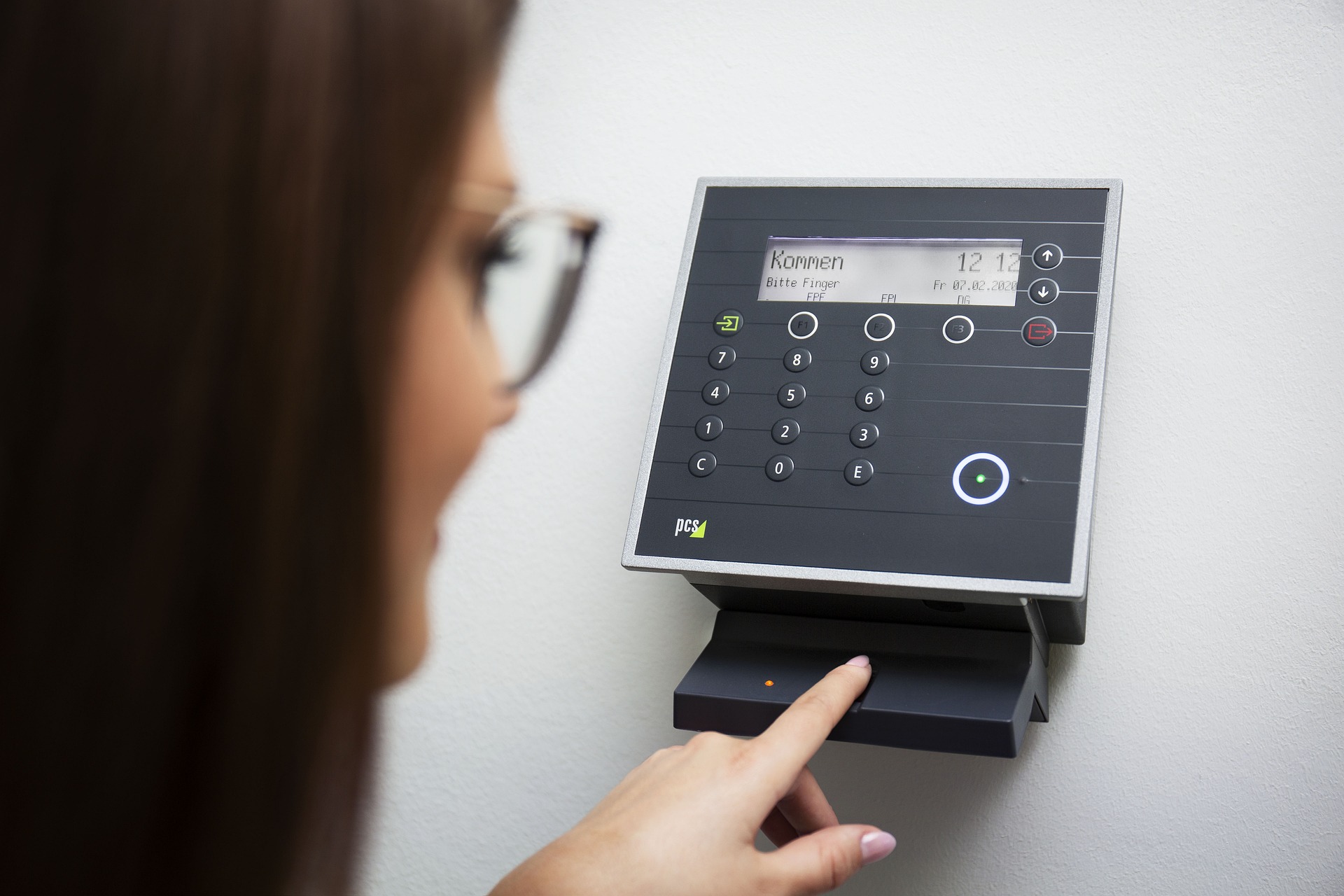Unmasking the Intricacies of High-Yield Savings Accounts
In the intricate world of finance, high-yield savings accounts are often lauded as the golden ticket to growing your wealth without taking on unnecessary risk. This financial instrument has been around for several decades and continues to make waves due to its attractive features. However, it is of paramount importance to understand the nuances of high-yield savings accounts before integrating them into your financial plan.

Let’s delve into the historical context, key financial developments, current market trends, and expert-backed insights about high-yield savings accounts. We will also explore the impact of this financial strategy, including its benefits, risks, and real-world applications, to empower you in your financial journey.
Understanding High-Yield Savings Accounts: A Historical Perspective
High-yield savings accounts, as the name suggests, offer a significantly higher interest rate compared to traditional savings accounts. The concept originated in the 1980s, during a period of soaring inflation rates. Financial institutions introduced high-yield savings accounts to attract depositors and combat the inflationary pressures. Over the decades, these accounts have evolved and adapted to the shifting economic landscape, offering a robust savings mechanism for individuals and businesses alike.
Current Market Trends and Insights
In today’s low-interest-rate environment, high-yield savings accounts have gained increased prominence. With regular savings accounts offering negligible returns, more and more people are turning to high-yield savings accounts as a safe and effective way to grow their wealth. Even though the rates have been affected by the current economic climate, they still generally outpace those of traditional savings accounts.
The Impact and Real-World Applications of High-Yield Savings Accounts
High-yield savings accounts are renowned for their liquidity and safety, making them an attractive option for short-term financial goals or emergency funds. They also serve as an excellent strategy to combat inflation, ensuring your money retains its purchasing power.
However, while the benefits are compelling, it is crucial to be aware of the potential risks. High-yield savings accounts, while safe, are not entirely risk-free. The interest rates are variable and can change depending on the economic climate. Furthermore, these accounts may have stricter requirements, such as higher minimum balances or limitations on the number of transactions per month.
Practical Financial Insights
- Consider your financial goals: High-yield savings accounts are best for short-term savings goals or as an emergency fund due to their high liquidity.
- Be aware of the requirements: Ensure you understand the account minimums, transaction limits, and any associated fees before opening a high-yield savings account.
- Shop around: Rates can vary between banks and credit unions, so make sure to compare before settling on a financial institution.
- Factor in the inflation rate: A high yield doesn’t necessarily equate to high profits if the inflation rate is high. It’s crucial to consider the real rate of return, which is the nominal interest rate minus the inflation rate.
In conclusion, high-yield savings accounts can be a valuable tool in your financial arsenal, offering higher interest rates and greater returns on your money. However, it’s important to understand the intricacies of this financial product, including its benefits and potential risks, to make the most of it. By staying informed and strategic, you can effectively leverage high-yield savings accounts to achieve your financial goals.





